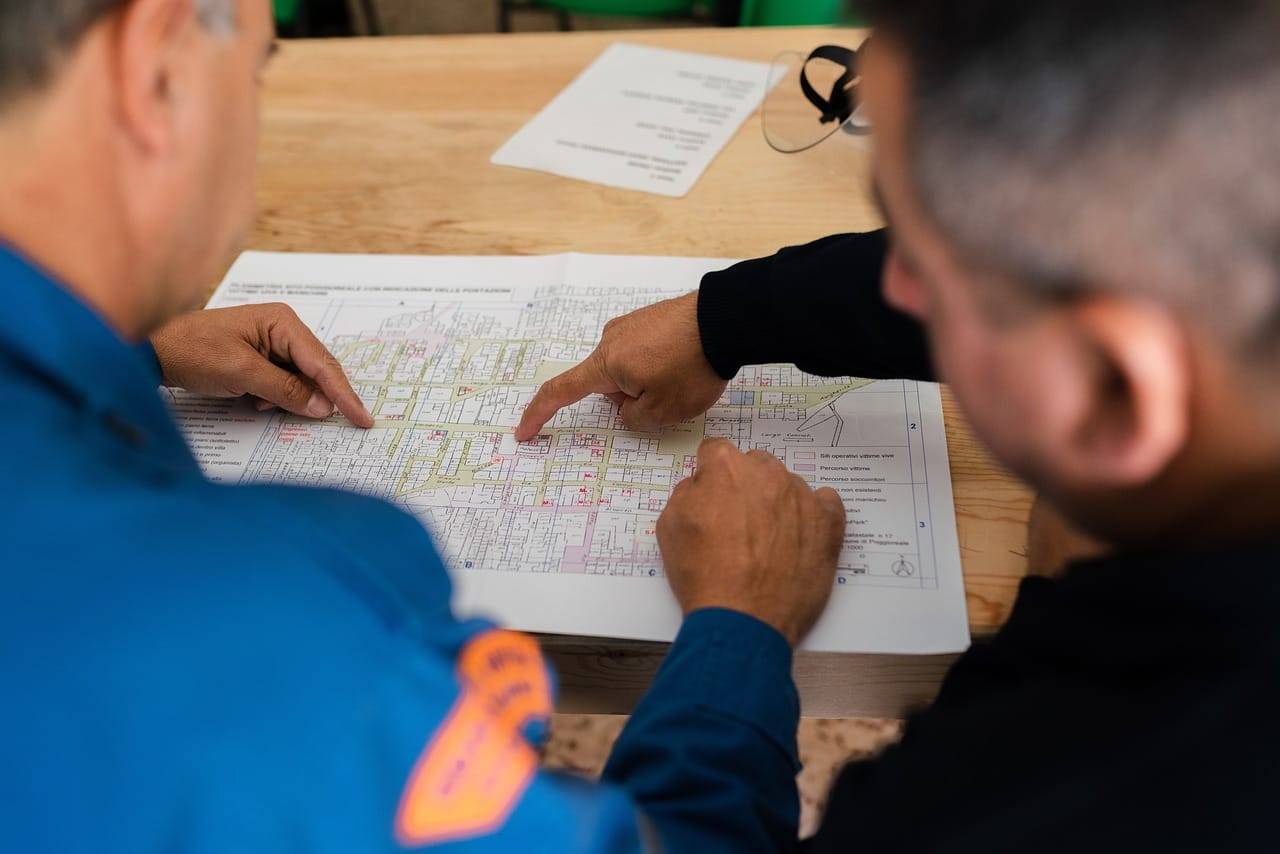Strategic leadership plays a crucial role in ensuring the long-term success of sustainable infrastructure development. Through visionary leadership, resource optimisation, and policy-driven decision-making, infrastructure projects can balance environmental sustainability, social responsibility, and economic growth (Al-Dhaafri et al., 2021). This article examines the role of strategic leadership in infrastructure, explores key strategies, and highlights industry challenges.
Keywords: Strategic leadership, Sustainable infrastructure development, Stakeholder engagement.
1. Understanding Sustainable Infrastructure
Defining Sustainable Infrastructure
Sustainable infrastructure refers to built environments that promote ecological balance, social well-being, and long-term economic resilience. These include energy-efficient buildings, green transportation systems, and climate-adaptive urban planning (Harvard Kennedy School, 2017).
Importance of Sustainability in Infrastructure
Key factors influencing sustainable infrastructure growth include climate resilience, reduced carbon footprint, and energy efficiency. Strategic leaders drive these initiatives by integrating circular economy principles in construction and innovative material use (Simsek et al., 2015).
2. The Role of Strategic Leadership in Infrastructure
Vision Development and Long-Term Planning
A well-defined vision aligns infrastructure projects with national sustainability goals and urban planning strategies. Strategic leadership ensures projects contribute to environmental preservation while fostering economic progress (Collier & Evans, 2020).
Stakeholder Engagement in Sustainable Projects
Stakeholder collaboration, including government agencies, private investors, and communities, is key to ensuring project success. Transparent communication fosters community support and enhances public-private partnerships (Harvard Kennedy School, 2017).
Resource Allocation for Sustainable Outcomes
Strategic leaders optimise financial, human, and technological resources to enhance infrastructure efficiency. Sustainable infrastructure demands long-term investment in energy-efficient systems and resilient urban planning (Simsek et al., 2015).
Policy Advocacy for Sustainable Development
Leaders play a crucial role in influencing policy frameworks, advocating for sustainability-focused regulations, and ensuring compliance with environmental standards (Al-Dhaafri et al., 2021).
3. Key Strategies for Effective Leadership in Infrastructure
Implementing Systems Thinking
Understanding infrastructure as an interconnected system allows leaders to anticipate risks, streamline project efficiency, and implement holistic solutions (Harvard Kennedy School, 2017).
Driving Innovation and Technological Integration
Modern infrastructure requires smart technology adoption, including AI-driven urban planning, BIM (Building Information Modelling), and smart energy grids (Simsek et al., 2015).
Capacity Building and Talent Development
Investing in training programs for engineers, urban planners, and project managers strengthens the workforce and ensures sustainable project execution (Collier & Evans, 2020).
Transparency in Decision-Making and Governance
Clear decision-making processes enhance accountability, build trust among stakeholders, and improve risk mitigation strategies (Harvard Kennedy School, 2017).
Monitoring and Continuous Improvement
Regular sustainability audits, performance tracking, and adaptation of new sustainable methodologies drive continuous improvement in infrastructure projects (Al-Dhaafri et al., 2021).
4. Challenges in Sustainable Leadership for Infrastructure
Balancing Environmental and Economic Priorities
Leaders must balance environmental conservation with economic viability, ensuring low carbon emissions while maintaining cost-effectiveness (Simsek et al., 2015).
Navigating Uncertainty in Infrastructure Development
Rapid technological advancements and regulatory shifts require leaders to adapt to emerging industry trends and legislative changes (Collier & Evans, 2020).
Securing Funding for Large-Scale Sustainability Projects
Sustainable infrastructure requires long-term investment, innovative financing models, and government incentives to drive adoption (Harvard Kennedy School, 2017).
5. Case Study: Leadership in Smart Sustainable Cities
The Philadelphia Navy Yard Microgrid Initiative
The Philadelphia Navy Yard Microgrid is a prime example of strategic leadership in sustainable infrastructure. The project integrates renewable energy, advanced grid technology, and smart urban planning to create a resilient, energy-efficient metropolitan hub (Al-Dhaafri et al., 2021).
Lessons from Smart Sustainable Cities
Innovative city planning demonstrates that leadership-driven infrastructure solutions contribute to urban resilience, energy conservation, and economic development (Collier & Evans, 2020).
6. Conclusion
Strategic leadership is essential for advancing sustainable infrastructure projects. By embracing long-term planning, fostering collaboration, and implementing innovative strategies, leaders can drive infrastructure transformation while ensuring environmental stewardship and economic sustainability.
7. References
- Al-Dhaafri, H.S., Al-Swidi, A.K. and Yusoff, R.Z.B. (2021) ‘The role of strategic leaders in building smart sustainable cities in the United Arab Emirates’, International Journal of Entrepreneurship, 25(S1), pp. 1-12.
- Collier, J.E. and Evans, K.R. (2020) ‘Exploring the relationship between strategic leadership and sustainable organizational outcomes’, Journal of Management & Organization, 26(2), pp. 235-238.
- Harvard Kennedy School (2017) ‘Systems leadership for sustainable development: Strategies for achieving systemic change’, Harvard University, pp. 1-46.
- Simsek, Z., Jansen, J.J.P., Minichilli, A. and Escriba-Esteve, A. (2015) ‘Strategic leadership and leaders in entrepreneurial contexts: A nexus for innovation and impact missed?’, Journal of Management Studies, 52(4), pp. 463-478.
What to do
For expert guidance on sustainable infrastructure development, Contact Us today on 03 9964 5345 – info@synqron.com.au and explore how we can support your next project.





